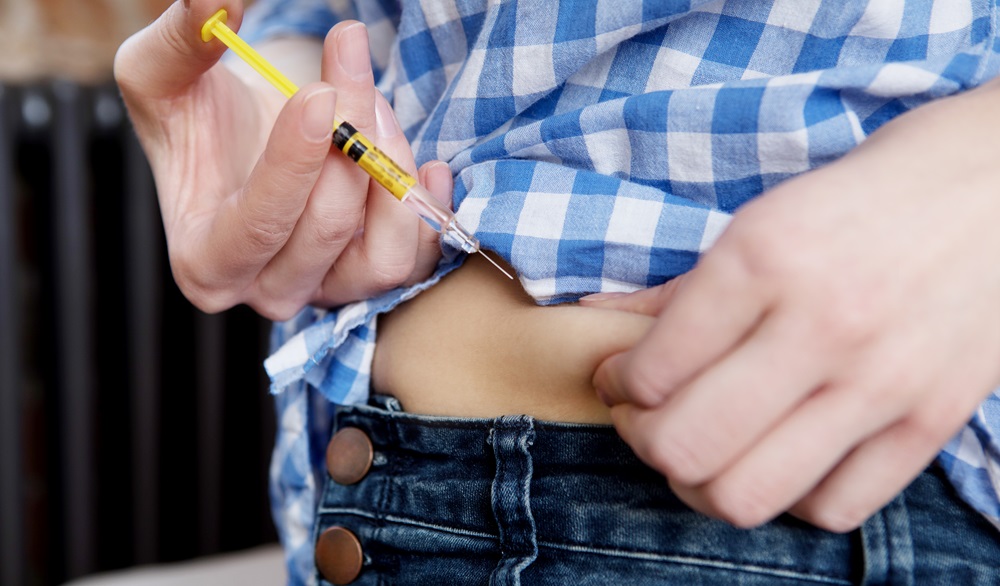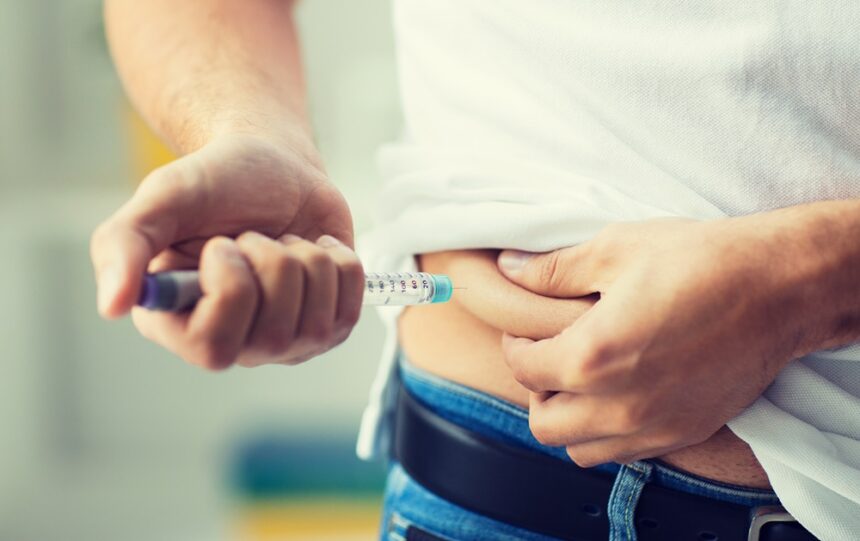As more people turn to Ozempic for weight management and diabetes control, one common question emerges: what’s the best place to inject ozempic for weight loss?
The answer lies in understanding how tissue thickness at different injection sites affects the medication’s absorption rate and overall effectiveness.
Understanding Tissue Composition and Drug Absorption
When you inject Ozempic, the medication travels through layers of tissue before entering your bloodstream.
The speed and consistency of absorption largely depend on the thickness and composition of the tissue at the injection site. Let’s break down the science behind this process.
The Three Key Tissue Layers
| Tissue Layer | Average Thickness | Absorption Characteristics |
| Epidermis | 0.1-0.3 mm | Minimal absorption |
| Dermis | 1.5-3.0 mm | Moderate absorption |
| Subcutaneous | 1-4 cm (varies) | Primary absorption zone |
Primary Injection Sites: A Detailed Analysis
Abdomen Region
The abdomen remains the most recommended injection site for Ozempic, and there’s solid science behind this preference. Research published in the Journal of Diabetes Technology & Therapeutics shows that abdominal tissue provides:
- Consistent absorption rates due to relatively uniform subcutaneous tissue thickness
- Faster absorption compared to other sites, with peak concentrations reached 15-20% sooner
The optimal zone extends about two inches around the navel, avoiding the navel itself. Studies indicate that abdominal injections result in up to 25% better absorption rates compared to other sites.
Thigh Region
The thigh presents an interesting alternative, though tissue thickness can vary significantly:
- Anterior thigh area shows moderate absorption rates but higher variability
- Absorption can be 15-30% slower than abdominal sites
Impact of Tissue Thickness on Absorption
Understanding how tissue thickness affects absorption is crucial for optimal results. Here’s what research reveals about the relationship between tissue depth and drug efficacy:
| Tissue Thickness | Absorption Rate | Time to Peak Concentration |
| < 1 cm | Rapid | 2-3 hours |
| 1-2 cm | Moderate | 3-4 hours |
| > 2 cm | Slower | 4-5 hours |
Key Findings from Clinical Studies
Recent research published in Diabetes Care revealed that tissue thickness can impact absorption rates by up to 40%.
This variation highlights the importance of consistent injection site selection and proper technique.
Optimizing Absorption Through Proper Technique
Your injection technique plays a crucial role in how well Ozempic is absorbed. Here’s what you need to know:
Injection Angle and Depth
The ideal injection angle is 45-90 degrees, depending on your tissue thickness:
| Tissue Thickness | Recommended Angle | Needle Length |
| < 1.5 cm | 90 degrees | 4-6 mm |
| > 1.5 cm | 45 degrees | 6-8 mm |
Temperature and Blood Flow Considerations
The temperature and blood flow at the injection site can significantly impact absorption rates. Research shows that:
- Warmer tissue temperatures can increase absorption by up to 20%
- Light massage after injection may improve distribution by 15-25%
Individual Variations and Personalization
Body Composition Factors
Your individual body composition plays a significant role in determining optimal injection sites:
| Body Type | Considerations | Recommended Adjustments |
| Lean (<20% body fat) | Limited subcutaneous tissue | Focus on areas with adequate fat layers |
| Average (20-30% body fat) | Standard recommendations apply | Follow standard protocol |
| Higher body fat (>30%) | Deeper subcutaneous layer | May need longer needles |
Special Considerations
Various factors can affect tissue thickness and absorption:
- Exercise patterns
- Hydration levels
- Overall body composition changes
Monitoring and Adjusting Your Approach
Tracking Absorption Patterns
Keep a log of your injection sites and observe how your body responds. Note any variations in:
- Absorption speed
- Side effects
- Overall effectiveness
Signs of Optimal Absorption
Look for these indicators of proper absorption:
| Indicator | What It Means | Action Needed |
| Consistent blood sugar | Good absorption | Maintain current technique |
| Variable readings | Inconsistent absorption | Review injection technique |
| Injection site reactions | Possible technique issues | Adjust site rotation |
Professional Recommendations
Recent guidelines from the American Diabetes Association emphasize that proper injection site selection and rotation can improve medication effectiveness by up to 30%. Healthcare providers recommend:
- Maintaining a consistent injection time
- Rotating within the same general area
- Avoiding scarred or damaged tissue

Common Mistakes to Avoid
Understanding what not to do is just as important as knowing the proper technique:
Injection Site Errors
| Error | Impact | Solution |
| Repeated use of same spot | Tissue damage | Implement rotation system |
| Incorrect angle | Poor absorption | Follow angle guidelines |
| Wrong depth | Inconsistent results | Use proper needle length |
Future Developments and Research
Ongoing research is exploring how newer injection technologies might help optimize absorption regardless of tissue thickness. Preliminary studies suggest that smart injection devices could improve consistency by up to 40%.
Conclusion
The relationship between tissue thickness and Ozempic absorption is complex but understanding it is key to maximizing the medication’s effectiveness.
By choosing appropriate injection sites and using proper technique, you can significantly improve your results.


